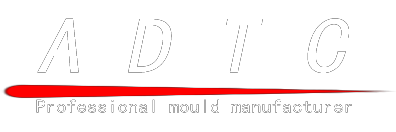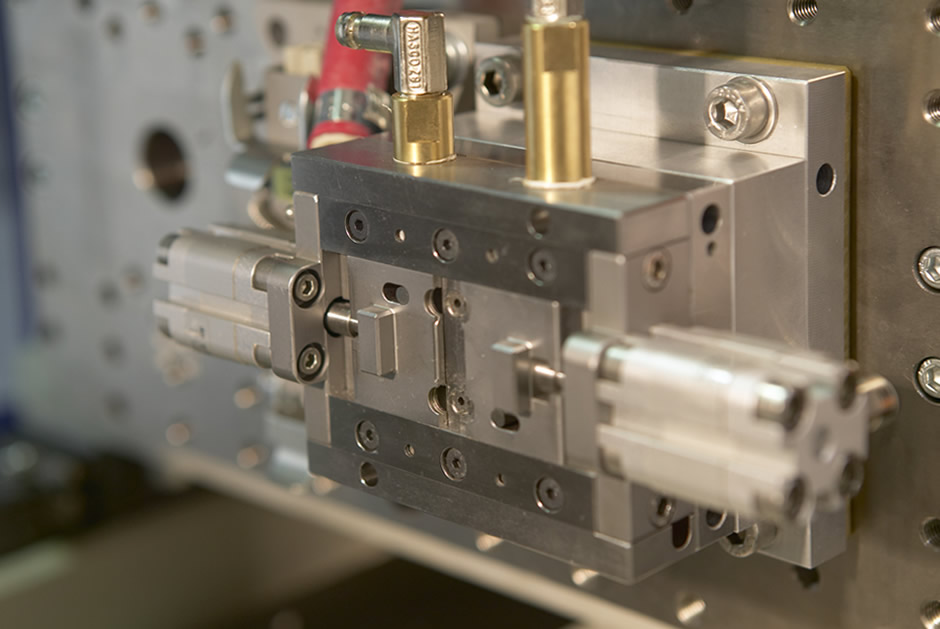Mold Design
Designing plastic parts is a complex task involving many factors that address a list of requirements of the application. "How is the part to be used?" "How does it fit to other parts in the assembly?" "What loads will it experience in use?" In addition to functional and structural issues, processing issues play a large role in the design of an injection molded plastic part. How the molten plastic enters, fills, and cools within the cavity to form the part largely drives what form the features in that part must take. Adhering to some basic rules of injection molded part design will result in a part that, in addition to being easier to manufacture and assemble, will typically be much stronger in service. Dividing a part into basic groups will help you to build your part in a logical manner while minimizing molding problems. As a part is developed, always keep in mind how the part is molded and what you can do to minimize stress.
Plastic injection molding is the preferred process for manufacturing plastic parts. Injection molding is used to create many things such as electronic housings, containers, bottle caps, automotive interiors, combs, and most other plastic products available today. It is ideal for producing high volumes of plastic parts due to the fact that several parts can be produced in each cycle by using multi-cavity injection molds. Some advantages of injection molding are high tolerance precision, repeatability, large material selection, low labor cost, minimal scrap losses, and little need to finish parts after molding. Some disadvantages of this process are expensive upfront tooling investment and process limitations.
Most polymers may be used, including all thermoplastics and some elastomers. There are tens of thousands of different materials available for injection molding. The available materials mixed with alloys or blends of previously developed materials means that product designers can choose from a vast selection of materials to find the one that has exactly the right properties. Materials are chosen based on the strength and function required for the final part; but also each material has different parameters for molding that must be considered. Common polymers like nylon, polyethylene, and polystyrene are thermoplastic.


